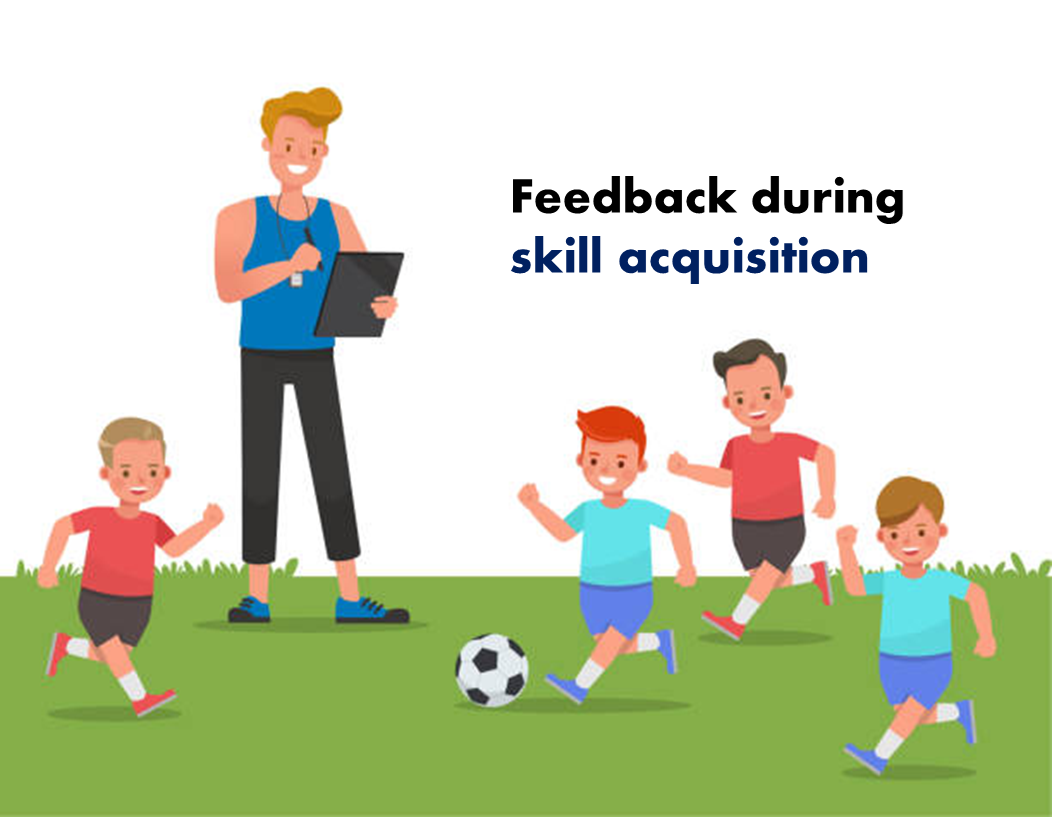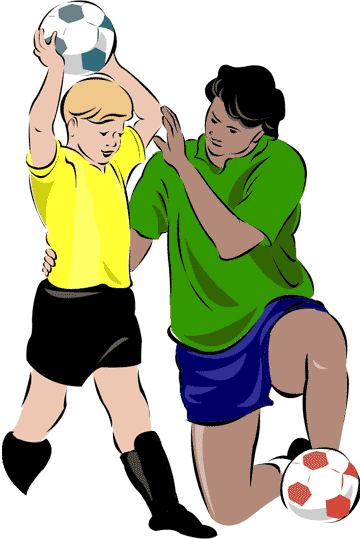In the world of sports, skill
acquisition is a fundamental process that every athlete goes through in their
journey to mastery. Whether it's shooting a basketball, serving a tennis ball,
or making a save in football, the acquisition of skills follows a structured
path. This journey can be divided into stages, with each phase playing a
critical role in an athlete's development. In this blog, we will explore the
stages of skill acquisition in sports, discuss the significance of each phase,
and the essential role of feedback in this process.
Stages of Skill Acquisition in
Sports
Skill acquisition typically
involves three main stages:
Cognitive Phase:
The cognitive stage of skill
acquisition in sports and physical education is the initial phase in which
individuals learn the basics of a new skill or sport. During this stage, the
focus is on understanding the fundamental concepts, rules, and movements associated
with the sport or physical activity. Here are some key characteristics of the
cognitive stage:
Understanding Rules and Concepts: Athletes or students in physical education classes begin by
grasping the rules and regulations of the sport or activity. They learn the
basic concepts and terminology.
Mental Visualization:
During this stage, individuals often mentally visualize the skill or sport,
trying to comprehend how it works. They may watch demonstrations, read
instructions, or receive verbal explanations.
Trial and Error:
Learners may experiment with the movements and techniques to gain a better
understanding of how they work. This phase involves a lot of trial and error as
they figure out the mechanics of the skill.
Slow and Inconsistent Performance: In the cognitive stage, performance is typically slow,
inconsistent, and lacks fluidity. Learners may make frequent errors or
mistakes.
High Cognitive Load:
Individuals in this stage have a high cognitive load, meaning they need to
consciously think about each step of the skill or movement, which can be
mentally taxing.
Feedback and Instruction: Learners rely on feedback and instruction from coaches,
teachers, or more experienced individuals to improve and refine their
understanding and execution of the skill.
Cognitive stage is just the
initial step in the skill acquisition process. Progressing through the
associative and autonomous stages is necessary to achieve a high level of skill
proficiency and automaticity in sports and physical education. As individuals
practice and gain experience, they transition into the associative phase, where
they refine their techniques, and eventually, the autonomous phase, where the
skill becomes second nature.
Example:
a. A beginner learning to hold a badminton
racket correctly and understanding the swing.
b. A Player learning how to grip the
Handball in a hand
c. A Volleyball Player trying to
understand the positioning of Hands for underhand pass
The associative phase of skill
acquisition in sports and physical education is a critical stage where
individuals refine and further develop their motor skills, techniques, and
movements. This phase is characterized by a focus on practice and fine-tuning,
with the primary goal of reducing errors and achieving a higher level of skill
proficiency. Here's a more detailed explanation of the associative phase in
both sports and physical education:
Refinement of Technique: Athletes in this phase work on perfecting their skills and
movements. They pay close attention to the details of their technique, making
adjustments to ensure consistency and precision.
Error Detection and Correction: Athletes become more self-aware and can identify errors in
their performance. They work on correcting these errors through targeted
practice and feedback from coaches or peers.
Repetitive Practice:
Repetition is a key element of the associative phase. Athletes engage in
focused and deliberate practice to build muscle memory and enhance skill
execution.
Advanced Drills and Training: Athletes may engage in more advanced drills and training
exercises that challenge their skills and push them to improve. These drills
are often tailored to the specific requirements of the sport.
Performance Consistency: The main goal of the associative phase is to achieve a higher
level of consistency in performance. Athletes aim to reduce variability in
their skill execution, ensuring that they can perform at a high level under
various conditions and pressure situations. Example: A Badminton Player tuning
their swing, paying attention to grip, posture, and follow-through.
Autonomous Phase:
In the advanced stage, skills become automatic and require minimal conscious thought. Athletes can perform consistently at a high level, even under pressure. Automaticity: Skills become automated, meaning athletes can execute them without having to consciously think about each component. Movements and techniques are fluid and consistent.
Efficiency:
Athletes in the autonomous phase can perform their skills with maximum
efficiency. They have refined their techniques to minimize wasted energy and
effort.
Adaptability:
Individuals in this phase are highly adaptable and can adjust their skills and
techniques based on varying conditions, opponents, or situations.
Consistency:
Consistency is a hallmark of the autonomous phase. Athletes can consistently
reproduce high-level performances in training and competition.
Reduced Errors:
The number of errors or mistakes is significantly reduced compared to earlier
phases of skill acquisition.
Mental Focus:
Athletes in the autonomous phase can allocate more mental focus to strategic
aspects of the game or sport, as the basic skills have become second nature.
Quick Decision-Making:
Quick and effective decision-making is an essential component of this phase, as
athletes can react to changing circumstances with ease.
Example:
a. A professional archer executing a
perfect shot with precision and accuracy without conscious deliberation.
b. An athlete jumps over the hurdle
in a without altering speed
c. Goal keeper in a handball saves
the ball without any conscious deliberation
Which Phase Is More Important?
The significance of each phase
depends on the context. The cognitive phase is crucial for building a strong
foundation and understanding the sport's basics. However, the autonomous phase
often takes precedence in competitive sports. Being able to perform skills
automatically, especially under pressure, is what separates top-level athletes
from the rest.
Which Phase Is Much Longer?
The associative phase tends to be
considerably longer. Here, athletes focus on perfecting their skills, which
requires extensive practice and attention to detail. The cognitive phase is
relatively short as it primarily involves understanding the fundamentals, while
the autonomous phase, while essential, is about applying what has been learned
consistently.
Role of Feedback
Feedback plays a vital role in
skill acquisition. It provides athletes with information about their
performance, allowing them to make adjustments and improvements. Coaches,
teammates, and even self-assessment can provide valuable feedback. Constructive
feedback helps athletes move through the stages more effectively and refine
their skills.
What the Teacher Should Consider While Teaching About Phases of Acquisition?
For teachers and coaches,
understanding the stages of skill acquisition is essential for effective
instruction. They should:
- Recognize
that each athlete progresses at their own pace through these stages.
- Modify
instruction to the individual needs and skill levels of their athletes.
- Provide
consistent, constructive feedback to aid skill development.
- Emphasize
the importance of the autonomous phase for peak performance.
- Create
a supportive and encouraging learning environment that fosters skill
development.
The stages of skill acquisition in sports are a natural progression in an athlete's journey toward excellence. The cognitive phase provides the foundation, the associative phase enhances the skills, and the autonomous phase enables peak performance. Through effective feedback and considerate teaching, athletes can navigate these stages and excel in their chosen sport.






